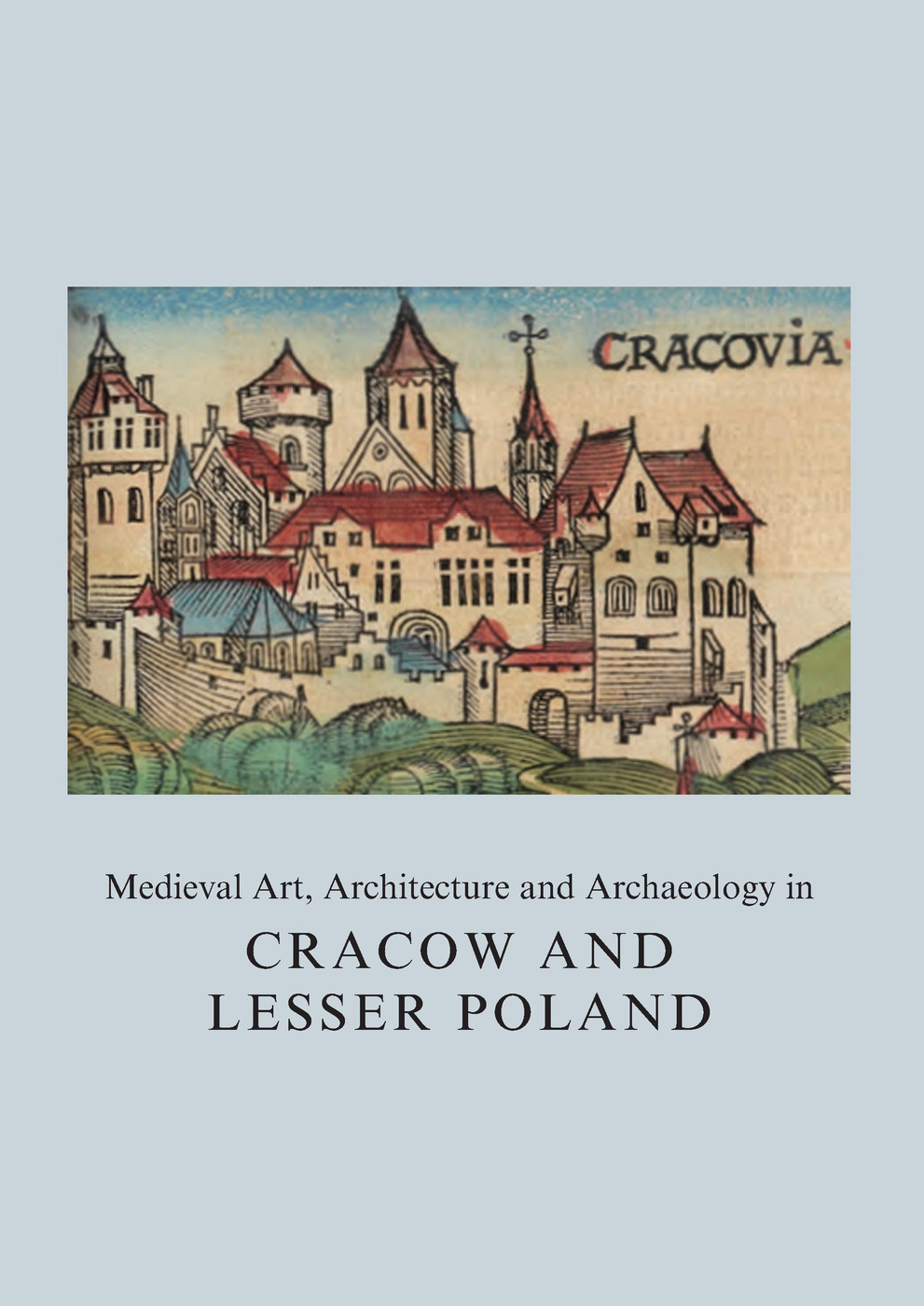This book explores the medieval art, architecture and archaeology of the city of Cracow and the surrounding region of Lesser Poland. It highlights the role of Cracow and Lesser Poland as a vibrant artistic centre fostering links with Italy, Bohemia, Germany and France.
Table of Contents
Chapter 1: Rafal Quirini-Poplawski, The Oldest Fragments of Sculptural Decoration from Wawel Hill
Chapter 2: Eric Fernie, The Church of St Andrew, Cracow
Chapter 3: Marcin Szyma, The Chapel of Casimir the Great at the Dominican Church of the Holy Trinity, Cracow
Chapter 4: Marek Walczak, The Figures on the Sides of the Tomb-Chest of King Casimir the Great: A Reassessment of the Iconography of the Polish Kingdom Reborn
Chapter 5: Wojciech Walanus, Veit Stoss and Late Gothic Sculpture in Lesser Poland: Selected Issues
Chapter 6: Zoe Opacic, Architecture and Ceremony in Cracow and Prague, 1335–1455
Chapter 7: Costanza Cipollaro, A New Appraisal of Zbigniew Oles´nicki’s Pontifi cale Cracoviense (Cracow, Archiwum Kapituły Katedralnej na Wawelu, MS Kp 12)
Chapter 8: Alexandra Gajewski, Identity on the Edge: The Architecture of the Cistercian Abbeys in Lesser Poland
Chapter 9: Beata Kwiatkowska-Kopka, Archaeological Excavations at the Cistercian Monasteries of Jedrzejów, Szczyrzyc and Koprzywnica
Chapter 10: Tomasz Weclawowicz, The Cistercian Abbey at Mogiła: The Latest Research and New Questions
Chapter 11: Michael Czajkowski, The Clock Dial at Mogiła Abbey and Possible Associated Clock Mechanisms
Chapter 12: Darius Tabor, Liturgy and Astrology: The Orantes on the Crypt Floor in the Collegiate Church at Wislica
Chapter 13: Achim Timmerman, ‘Wer nicht recht tut den fure ich vor recht’: Wrocław’s Late Gothic Pillory in Contexts
Chapter 14: Gavin Simpson, Seeing the Wood for the Trees: Poland and the Baltic Timber Trade c. 1250–1650
